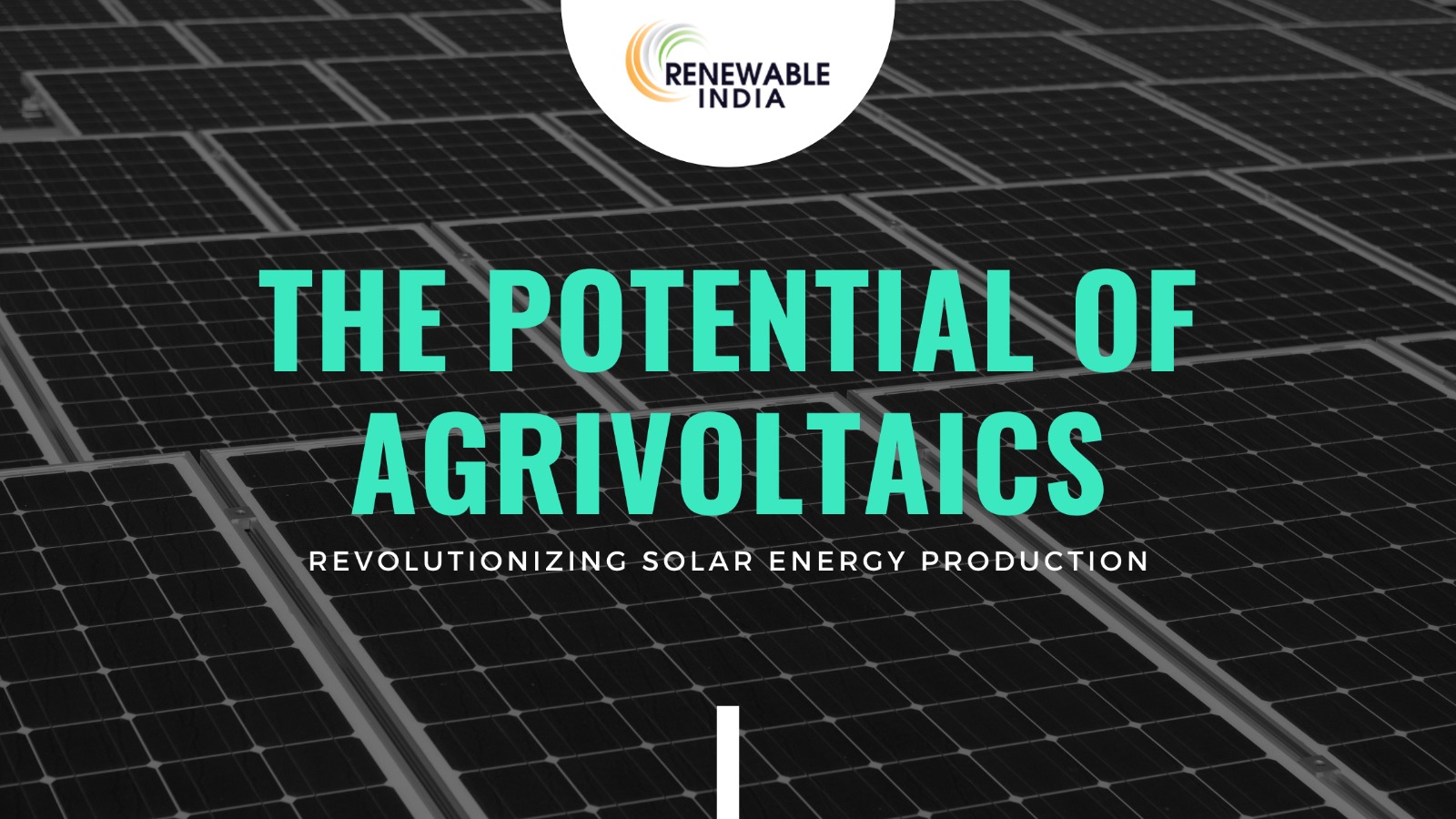
In the realm of renewable energy, solar energy has emerged as a game-changer as it acts as a sustainable and clean substitute for fossil fuels. It has gradually increased, now making up a remarkable 3.7% of the world’s energy mix. Looking ahead, it is clear that solar energy has a better future than ever.
The availability of land for solar installations is still a major obstacle. The available area for solar power plants is being depleted by urbanisation and the rising demand for housing and infrastructure. However, cutting-edge approaches like agrivoltaics provide a method to get around this challenge.
Agrivoltaics, a term derived from “agriculture” and “photovoltaics,” refers to the practice of cultivating plants beneath solar panels. By harnessing the synergy between agriculture and solar energy, agrivoltaics provides a practical solution to optimize land use and increase the overall benefits of solar installations.
Rather than leaving the space under the panels unused, agrivoltaics introduces a new approach that benefits both solar energy generation and crop cultivation.
Numerous benefits are offered by agrivoltaics. First off, the solar panels’ shading effect lowers water evaporation, improving water conservation and reducing the need for irrigation. Furthermore, the panels’ partial shade produces a microclimate that promotes the best growth circumstances for particular crops.
Agrivoltaic systems can, according to studies, double the growth of plants like potatoes and peppers. Agrivoltaics can also be used in many ways, such as flotovoltaics (solar panels floating on water) and photovoltaics (plants growing under permanent solar panels). This broadens its applications and potential advantages.
Beyond our planet, solar energy has a bright future. Solar energy can potentially be produced in space using solar panels. Solar panels can absorb solar energy in the geostationary orbit 100 times more effectively than they can on Earth’s surface. Solar-powered satellites have become a fascinating idea thanks to their amazing possibilities.
Each satellite has the ability to create 2 GW of solar energy, which is the same amount of power as 700 wind turbines. Solar panel use in space presents a chance to fulfil rising energy needs and pave the road for environmentally friendly power generation outside the boundaries of our planet.
The significance of solar energy has significantly impacted the global energy sector and will only increase. While the lack of suitable space for solar installations is a problem, agrivoltaics offers a possible alternative by combining solar power and agriculture. We can make the most efficient use of the available land, save water, and increase crop output by growing plants next to solar panels.
Additionally, the use of solar panels in space brings up new opportunities for the production of sustainable energy. The future of solar energy shines brightly with these novel strategies and the ongoing developments in solar technology, bringing us closer to a cleaner and more sustainable future for future generations.
Leave a Reply